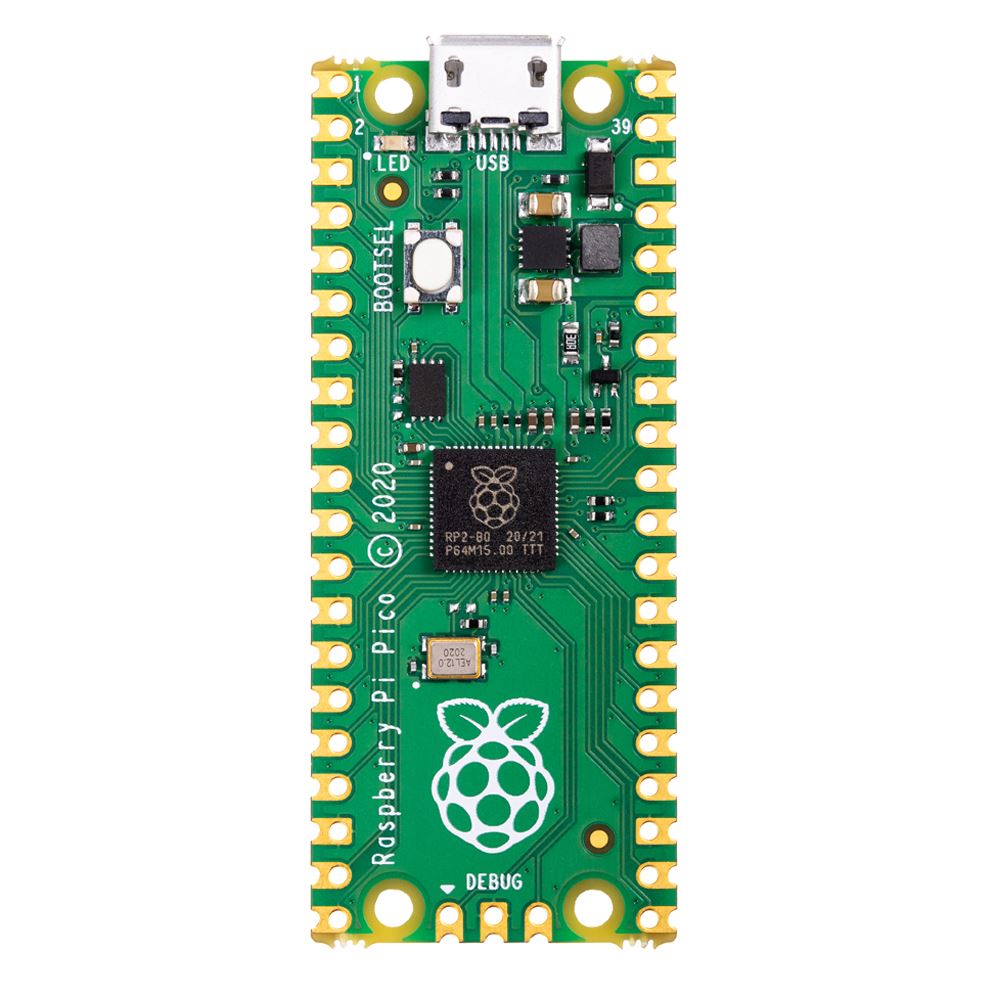So, you picked up the Samsung Galaxy S21, Samsung’s newest flagship device. That’s great! Now, it’s time to make sure your expensive new purchase remains in pristine condition. Whether or not you need a case is up to your phone habits, but you can prevent scratches and blemishes by picking up one of the Galaxy S21 screen protectors below. You never know when a stray key may touch your screen! We rounded up some of the best Galaxy S21 screen protectors so that you can make sure your smartphone stays in mint condition.
- Sometimes the classic tempered glass screen protector is all you need. QHOHQ's three-pack of screen protectors are meant to go on bubble-free and are water-resistant while offering no troubles with the Galaxy S21's touch screen.
- Want to make sure your data is protected in a public setting? A privacy screen protector is a smart idea. This screen protector will not only protect your screen from scratches and dings, but it will also make it difficult for others to read what's on your screen!
- If you're not a fan of tempered glass, a film screen will also work great! Film screens offer less protection overall, but also generally look and feel better than tempered glass.
- Do you want the bezel around your phone? This tempered glass screen protector will also wrap around your phone's bezel.
- If you're looking for premium protection, you can't go wrong with ZAGG's GlassFusion VisionGuard+. This screen protector blocks blue light without discoloration and is advertised to be unbreakable. It's a bit more expensive, but isn't your phone worth it?
- Another film protector option, Spigen's NeoFlex Protector will give your Galaxy S21 screen nearly-invisible protection against light scratches and damage.
You have our favorite recommendations, but you may be wondering what the best of the best is. I personally like film screen protectors over tempered glass, as the feel is better, and I don’t need too much protection for my screen. I’ve used ESR in the past, so I know the ESR Liquid Skin screen protector is going to be good. The camera protection is just a bonus! Also, anything that prevents blue-light from shining through at night is a good thing, so the GlassFusion VisionGuard+ with D3O is worth the look. Granted, you can also block blue light with software or phone settings, but a screen protector like this can be the least hassle to mess with.
When it comes to Galaxy S21 screen protectors, though, what you’ll want will depend mostly on how much abuse your phone will go through! So make sure to pick the best product for the job and stay tuned as we’ll be updating this post regularly with more options as they become available!
- The Samsung Galaxy S21 is the starting point of the new 2021 flagship series, packing in a flagship SoC, along with a decent display and camera setup.
The post The best Galaxy S21 screen protectors from Spigen, ZAGG, and more! appeared first on xda-developers.
from xda-developers https://ift.tt/3nFaWSF
via IFTTT











